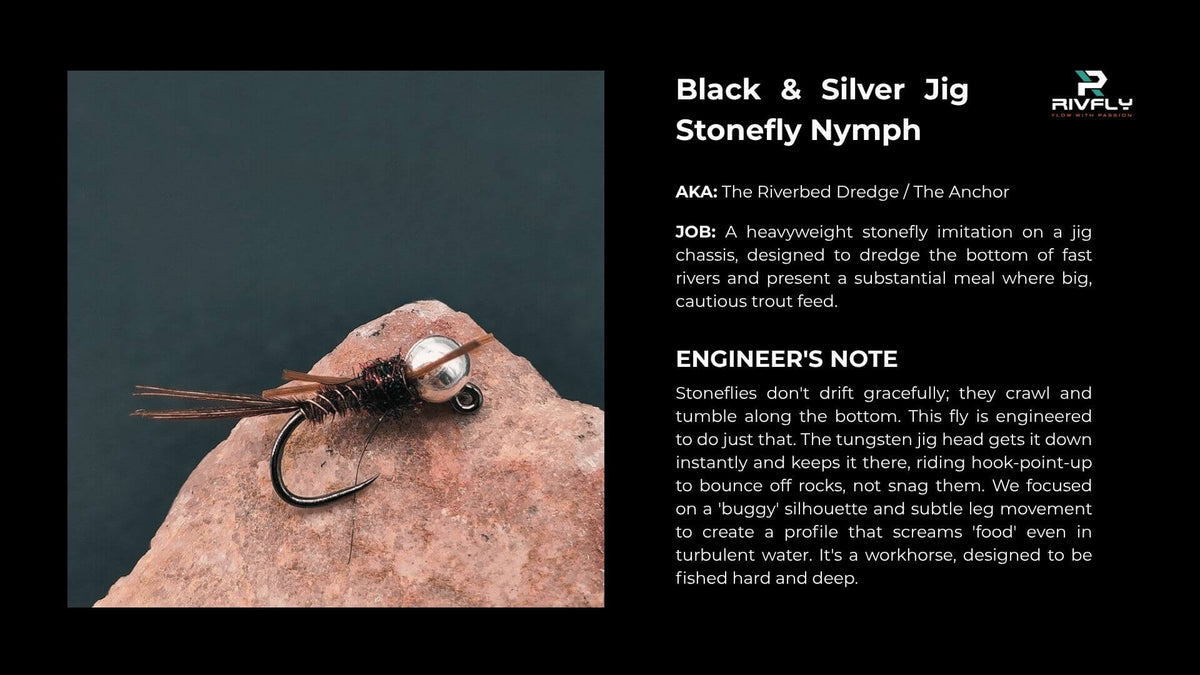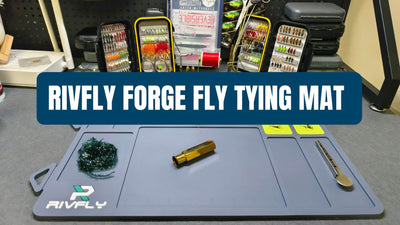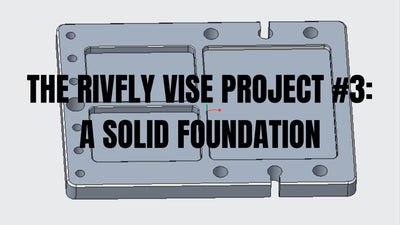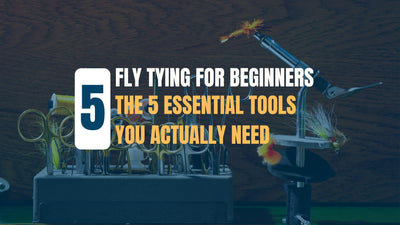We've all been there. You’re standing before a perfect run—a deep, fast seam carved between two boulders. You know, with every fiber of your being, that a big, wise trout is holding on the bottom. You make the perfect cast, but watch in frustration as your standard nymph rig just skates across the surface, swept away by the current before it ever had a chance.
That prime real estate, the bottom two feet of the water column, might as well be on another planet.
The Problem: Your Flies Are Just Scratching the Surface

In fast or deep water, traditional nymphing often fails. Standard brass bead heads are simply too light. By the time they begin to sink, the current has already pushed them past the strike zone. You’re not fishing; you’re just participating in a high-speed drift. This is the single biggest reason anglers fail to connect with larger fish, which often hold deep to conserve energy and avoid predators.
The Solution: Embrace "The Dredge"

It's time for a mindset shift. Stop thinking about a delicate, graceful drift. Start thinking about dredging.
Dredging isn't elegant. It's a blue-collar, get-it-done technique. It’s about using a purpose-built, heavyweight fly to cut through the water column like a drill bit and actively bounce along the riverbed. You are intentionally making contact with the bottom, putting your fly right in the fish’s living room. This is where the magic happens.
The Right Tool for the Job: The Tungsten Jig Nymph

A technique is only as good as the tool you use. For dredging, you need an anchor, a workhorse. This is exactly why we engineered our Black & Silver Jig Stonefly Nymph. It’s not just a fly; it’s a piece of tactical gear.
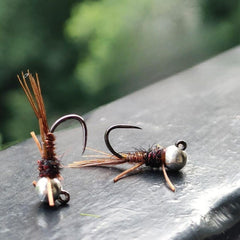
The Tungsten Advantage
Tungsten is 1.7 times denser than lead. This means a tungsten bead head sinks dramatically faster and stays down more effectively than any other material, allowing you to slice through heavy currents.
The Jig Hook Revolution
This is the game-changer. A jig hook rides with the point facing up. Instead of digging into rocks and logs (goodbye, favorite fly), it bounces and rolls over them. You spend more time fishing and less time re-rigging.
The Big Meal Profile
Big fish want a substantial meal. Stoneflies are the steak and potatoes of the river ecosystem, a major food source packed with protein. Our fly’s "buggy" profile and lifelike silicone legs perfectly imitate this key prey, making it an irresistible target for trophy trout. As premier conservation sources like the U.S. National Park Service explain in their guide to stream ecology, a healthy stonefly population is a direct indicator of excellent water quality, making them a primary target for feeding trout in those pristine environments.
How to Rig and Fish It
- The Rig: This fly is perfect for Euro Nymphing or Tight Line Nymphing setups. Use it as your "point fly" (the heaviest fly at the bottom of your leader) to anchor your entire rig.
- The Cast: Make a short, precise, upstream cast. Think of it as lobbing the fly into the zone rather than a traditional back-and-forth cast.
- The Dredge: As soon as the fly hits the water, lower your rod tip and lead the fly downstream, maintaining a tight line. You should feel a constant "tick-tick-tick" as your fly makes contact with the riverbed.
- The Strike: The take is often subtle. It might be a slight pause in the ticking, a gentle "thump," or your line suddenly stopping. When you feel anything different, set the hook!
Conclusion: Own the Bottom, Own the River
Stop letting the current dictate your success. By embracing the dredging technique and equipping yourself with a purpose-built tool like the Black & Silver Jig Stonefly Nymph, you unlock a whole new dimension of the river. You'll reach fish that others can't, and you'll gain the confidence to tackle any water condition.
Get down, get seen, and get ready for the heaviest take of your life.

